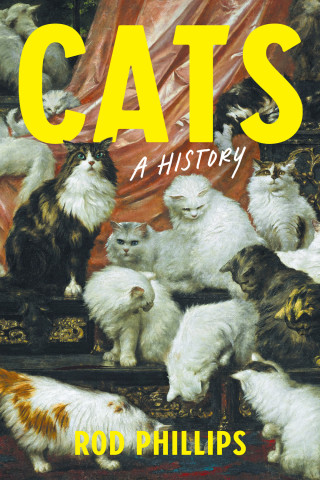
Reviews
This well-researched, nicely written work will appeal to history buffs and sports fans alike. Recommended for all public and academic libraries.
Sports historian Watterson suggests that presidents' athletic endeavors reveal a lot about their actions in office... An enjoyable study of politics and culture.
Watterson's history rises above trivia... Abundantly anecdotal... A wry and perceptive work.
With a presidential campaign on the horizon, Watterson introduces an intriguing way of evaluating presidential fitness for office—and opportunities for sports fans to try out for the job of pundit.
[Watterson] documents the link between sports and the Presidency well and even credits Theodore Roosevelt with the 'the twentieth-century sporting presidency.'
Provides a good overview... Recommended. Public and general collections.
It is the closest thing to the definitive work on the subject yet produced, and likely will remain so for quite some time.
Any reader interested in sports, politics and presidents will find this comprehensive and readable book a fine addition to her or his library.
Book Details
Preface
Introduction
Part I: Foundations
1. In the Beginning
2. The Sporting Frontier
3. Barely Visible to Press and Public
Part II: The Man Who Changed Everything
4. Theodore Roosevelt: Climbing the
Preface
Introduction
Part I: Foundations
1. In the Beginning
2. The Sporting Frontier
3. Barely Visible to Press and Public
Part II: The Man Who Changed Everything
4. Theodore Roosevelt: Climbing the Mountain
5. Sports and the Presidency: The Founding Father
6. Inside TR's Sporting Presidency
Part III: Sports: Acceptable but not Required
7. William Howard Taft: A Large Legacy
8. Woodrow Wilson: More than Just a Game
9. Warren Harding: The Wager He Didn't Win
10. Calvin Coolidge: Grace, under Pressure
11. Herbert Hoover: No Place to Hide
12. Franklin Delano Roosevelt: Politically and Physically Challenged
Part IV: Flight from Washington
13. Harry S Truman: Striding—and Flying—into History
14. Dwight D. Eisenhower: Hero under Assault
15. John F. Kennedy: Swimming into Politics
16. Lyndon Johnson: The Games He Didn't Play
Part V: In the Public Eye
17. Richard Nixon: Show Me a Good Loser
18. Gerald Ford: The Pigskin President
19. Jimmy Carter: More Than Meets the Eye
20. Ronald Reagan: Creating a Sports Legend
21. George H. W. Bush: TR Revisited
Part VI: New Players, Old Games
22. Bill Clinton: Oh, How He Played the Game
23. George W. Bush: From Bush Leagues to the Majors
Conclusion
Appendix: Ranking the Presidents
Notes
Suggested Reading
Index






